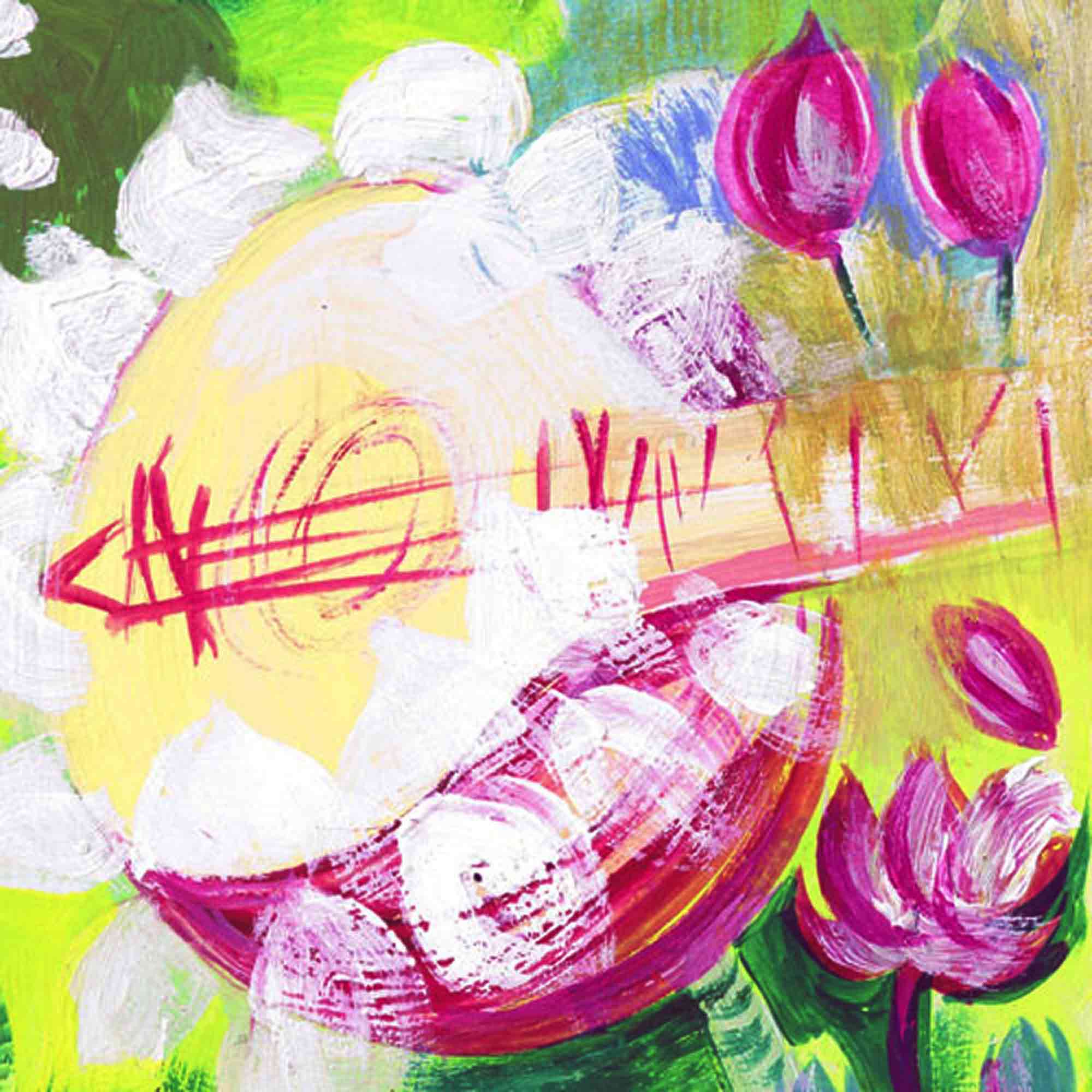Die Kreuzberger Global Music Academy will ein Bildungszentrum für die Musikkulturen aus aller Welt werden. Bald soll man hier auch Bachelor und Master machen können. Ein Kursbesuch.
Manickam Yogeswarans Finger tippeln leicht auf einem Bambusrohr auf und ab. Ein seichter Ton hallt durch den Raum. Das Bambusrohr, das der Musiklehrer sich an den Mund hält, nennt sich Venu Ghanam, es ist das indische Pendant zur Querflöte. Yoga, wie der Lehrer genannt wird, sitzt im Schneidersitz auf einem ockerfarbenen Teppich, ihm gegenüber sein Schüler Amewu. „Komm, wir spielen das Stück vom letzten Mal“, sagt Yoga, ein Notenblatt vor sich. „Ich hab die Melodie vergessen“, sagt der Schüler. Yoga spielt einige Takte noch mal an, gleitet durch die Tonhöhen. […]
Derzeit bietet sie mit der „Global Music Box“ Workshops für alle an, auch Schulklassen werden schon unterrichtet.
Ab dem Sommersemester 2013 soll nun mit dem Bachelor/Master für Weltmusik auch die akademische Lehre starten, 270 Studienplätze stehen zur Verfügung, die Hälfte davon ist für Nichteuropäer reserviert. Die Lehrpläne umfassen potenziell alle musikalischen Kulturen der Welt. […]
Die Akademie trifft den Nerv der Zeit. Berlin steht für eine starke Klub- und Elektroszene, auch die jüngere Songwritergeneration oder die Indierockszene ist gut repräsentiert. […]
Yoga hat 25 Jahre in London gelebt, im vergangenen Jahr zog er nach Kreuzberg. „Berlin is better“, sagt er, der gerade Deutsch lernt, „hier geht es entspannter zu als in London.“ In Deutschland hat der Tamile auch mit der Band Dissidenten zusammengearbeitet, die seit den frühen Achtzigern versucht, Weltmusikelemente in einen Rock- und Popkontext zu überführen. Und damit im deutschsprachigen Raum Vorreiter waren. […]
In der Akademie spricht man nicht mehr von Weltmusik, diese Genrezuschreibung scheint einer globalisierten Welt, auch einer globalisierten Stadt wie Berlin nicht mehr gerecht zu werden. „Bei uns heißt es nur Global Music“, sagt GMA-Sprecherin Danica Bensmail. Zu schnell lande man sonst bei Stereotypen. Beschreibe man etwa die Musik der indischen Klassik als Meditationsmusik oder spirituelle Musik, stehe dahinter ein eher unbeholfener eurozentrischer Blick.
Das Instrument, dem sich Yoga und Amewu widmen, stammt aus der indischen Klassik – man geht davon aus, dass die Venu bereits seit mehr als 1000 Jahren gespielt wird. Yoga und Amewu üben derweil gemeinsam ein Stück ein. Amewu spielt nur Grundtöne, Yoga baut ein paar Halbnoten mehr und die schweren hohen Töne ein. Ein harmonischer Einklang entsteht. Während Amewus Blick auf das Notenblatt vor ihm geht, tänzeln Yogas Finger weiter mit Leichtigkeit auf dem Bambusrohr auf und ab.
Quelle: Musik: Raga und Tala – Kultur – Tagesspiegel
Address : http://www.tagesspiegel.de/kultur/musik-raga-und-tala/6346302.html
Mehr über Manickam Yogeswaran (Deutsch) | English >>


